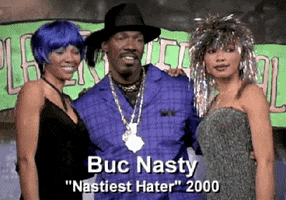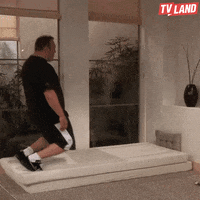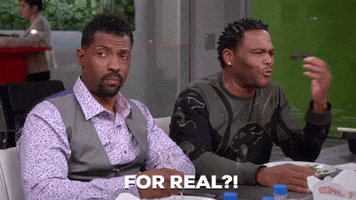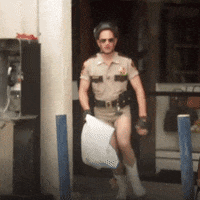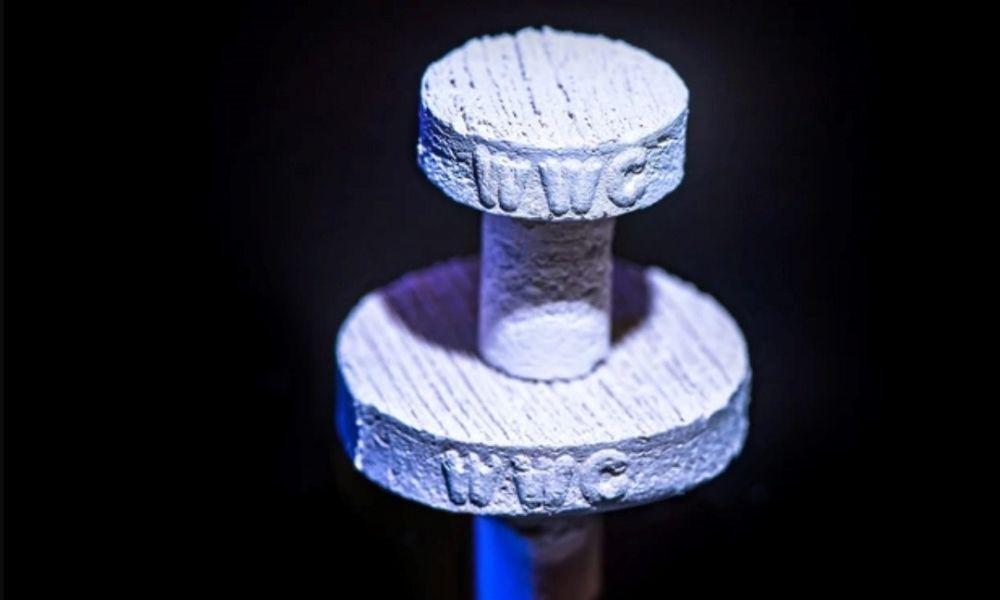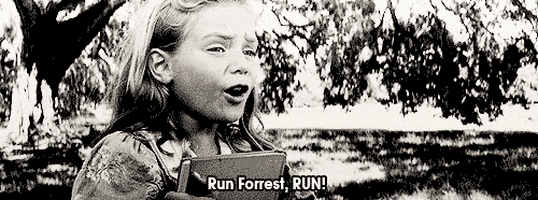DID you KNOW? @WWC
In addition to our outstanding selection of live coral and invertebrates, we also provide professional aquarium services to keep your coral, fish, and invertebrates healthy and happy. Whether you want aquarium maintenance in Orlando to keep your tank in great condition or need installation of a brand-new aquarium, our experienced team of experts can help you get it done. We can install and maintain aquariums of any size. Learn more about our design, installation, and maintenance services for aquariums in Orlando below or contact us for more information and a free quote.

In addition to our outstanding selection of live coral and invertebrates, we also provide professional aquarium services to keep your coral, fish, and invertebrates healthy and happy. Whether you want aquarium maintenance in Orlando to keep your tank in great condition or need installation of a brand-new aquarium, our experienced team of experts can help you get it done. We can install and maintain aquariums of any size. Learn more about our design, installation, and maintenance services for aquariums in Orlando below or contact us for more information and a free quote.



